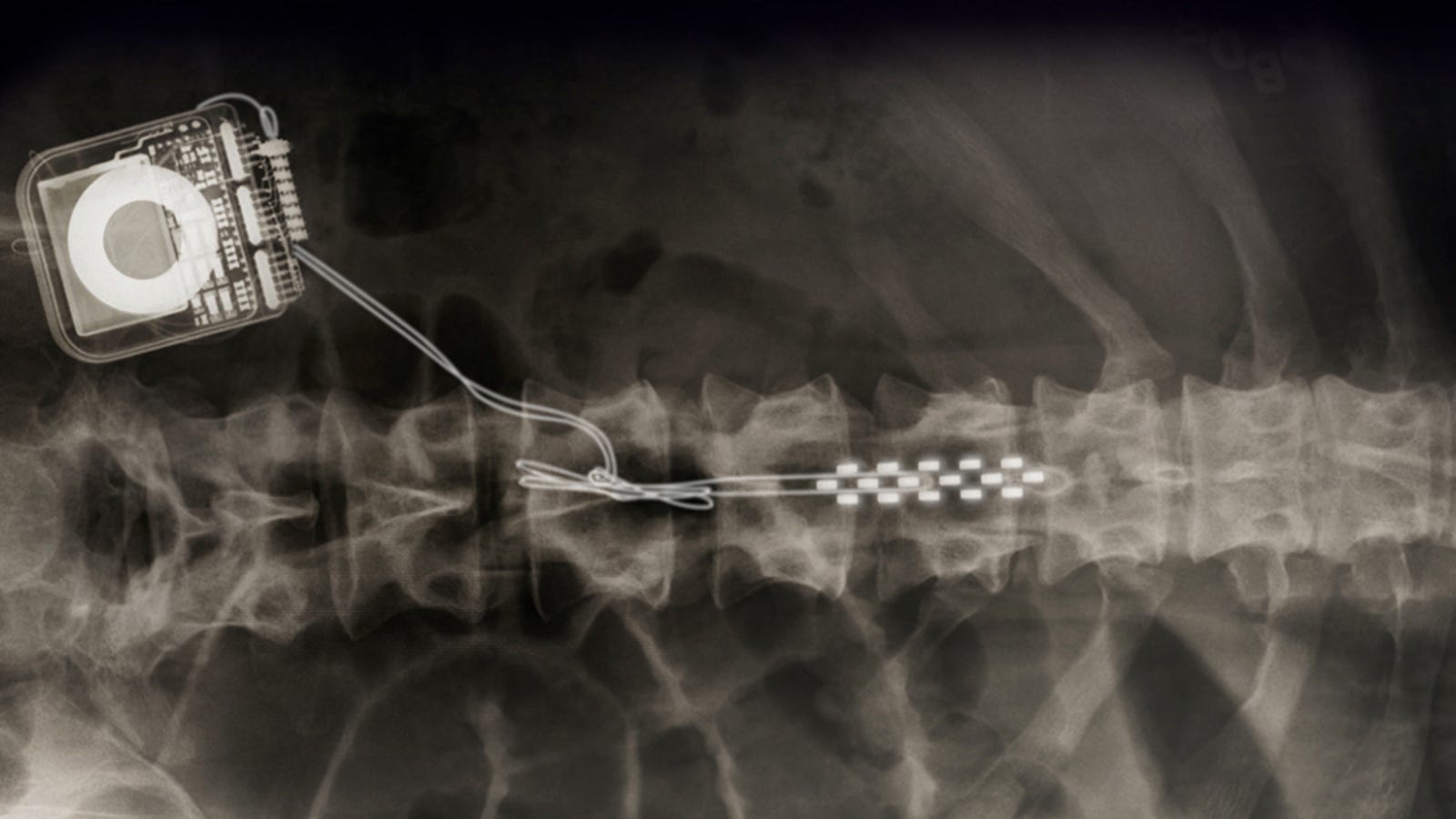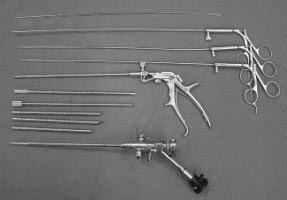

Leg weakness or pain that moves from your back down your legs.You should call your healthcare provider if you experience: Lose weight, if needed (excess weight strains your back).Bend your knees and keep your back straight when lifting items.Exercises like planks strengthen the core (abdominal, side and back muscles) to give your spine more support. Try to do back-strengthening and stretching exercises at least twice a week. Strong back muscles can protect your spine and prevent back problems. Spine infections like meningitis and osteomyelitis.Spinal cord injuries, including spinal fractures, herniated disks and paralysis.Nerve injuries, including spinal stenosis, sciatica and pinched nerves.Neuromuscular diseases, such as amyotrophic lateral sclerosis (ALS).Curvatures of the spine ( scoliosis and kyphosis).Bone spurs (jagged edges on vertebrae that put pressure on the spinal cord and nerves).Arthritic conditions, such as ankylosing spondylitis (AS).Other conditions that affect spine health include: Vertebrae and disks can wear down with age, causing pain. Up to 80% of Americans experience back pain at some point. What conditions and disorders affect the spine? Pelvic floor muscles and ligaments attach to the coccyx. Coccyx (tailbone): Four fused vertebrae make up this small piece of bone found at the bottom of the spine.The sacrum and hip bones form a ring called the pelvic girdle. The five sacral vertebrae (S1 to S5) fuse as a baby develops in the uterus, which means they don’t move. Sacrum: This triangle-shaped bone connects to the hips.The lumbar spine bends inward to create a C-shaped lordotic curve. Many back problems occur in the lumbar spine. It connects to the pelvis and bears most of your body’s weight, as well as the stress of lifting and carrying items. Your lumbar spine supports the upper parts of the spine. Lumbar (lower back): Five vertebrae (L1 to L5) make up the lower part of the spine.This section of the spine bends out slightly to make a backward C-shape called the kyphotic curve. Thoracic (middle back): The chest or thoracic part of the spine has 12 vertebrae (T1 to T12).The cervical spine makes an inward C-shape called a lordotic curve. These neck vertebrae allow you to turn, tilt and nod your head. Cervical (neck): The top part of the spine has seven vertebrae (C1 to C7).Starting at the neck and going down toward your buttocks (rear end), these segments include: The 33 vertebrae make up five distinct spine segments. Tendons connect muscles to bone and aid movement. Muscles support the back and help you move. Soft tissues: Ligaments connect the vertebrae to hold the spine in position.

These nerves carry messages between the brain and muscles. Thirty-one pairs of nerves branch out through vertebral openings (the neural foramen). The cord extends from the skull to the lower back. Spinal cord and nerves: The spinal cord is a column of nerves that travels through the spinal canal.Herniated disks (also called bulging, slipped or ruptured disks) can be painful. A herniated disk can tear, allowing some of the nucleus’ gel substance to leak out. Intervertebral disks are under constant pressure. Each disk has a soft, gel-like center (the nucleus pulposus) surrounded by a flexible outer ring (the annulus). Intervertebral disks: These flat, round cushions sit between the vertebrae and act as the spine’s shock absorbers.These joints can develop arthritis and cause back pain or neck pain. Facet joints let you twist and turn, and they provide flexibility and stability. Facet joints: These spinal joints have cartilage (a slippery connective tissue) that allows vertebrae to slide against each other.The lowest vertebrae (sacrum and coccyx) are fused together and don’t move. Most vertebrae move to allow for a range of motion. The spinal canal is a tunnel that houses the spinal cord and nerves, protecting them from injury. Vertebrae: The spine has 33 stacked vertebrae (small bones) that form the spinal canal.These curves absorb shocks to your body and protect your spine from injury. What are the parts of the spine?Ī healthy spine has three natural curves that make an S-shape. Back injuries, spinal cord conditions and other problems can damage the spine and cause back pain.

Your spine helps you sit, stand, walk, twist and bend. It connects different parts of your musculoskeletal system. Your spine, or backbone, is your body's central support structure. There are seven cervical vertebrae in the neck, 12 thoracic vertebrae in the torso and five lumbar vertebrae in the lower back. The spine has three normal curves: cervical, thoracic and lumbar.


 0 kommentar(er)
0 kommentar(er)
